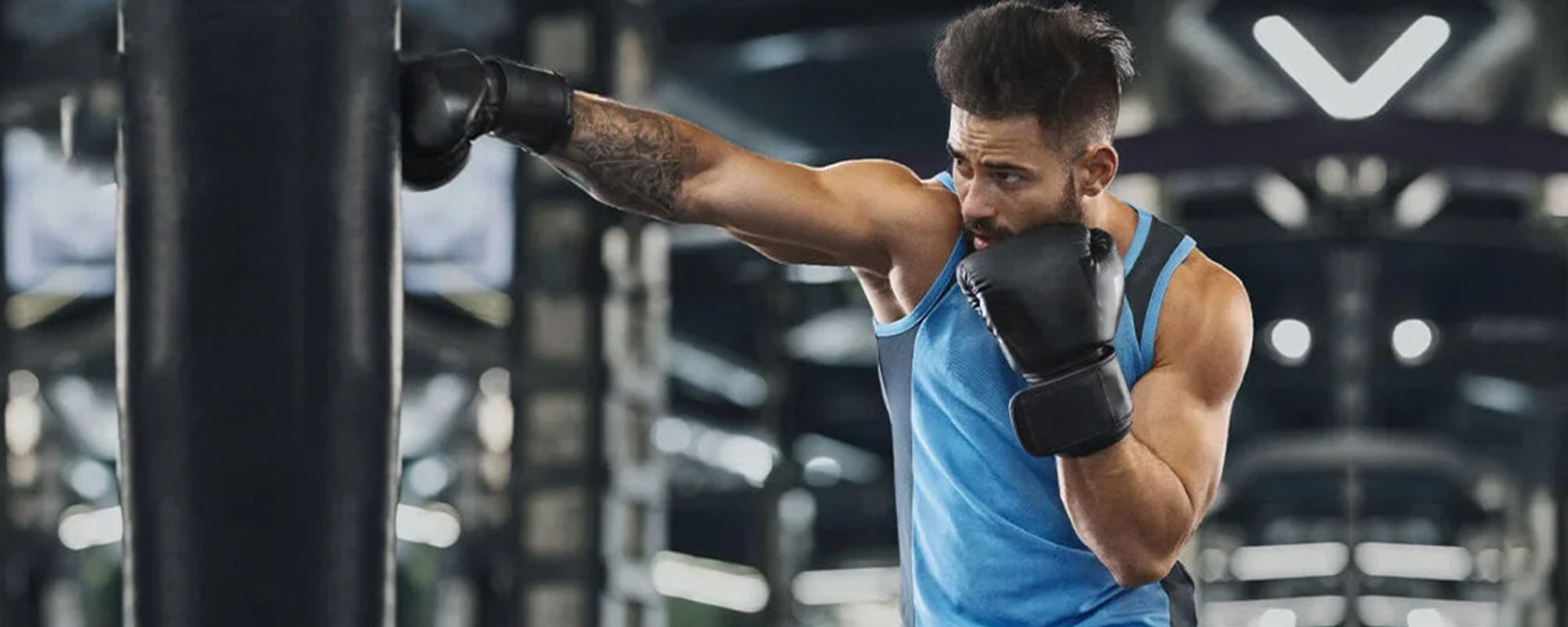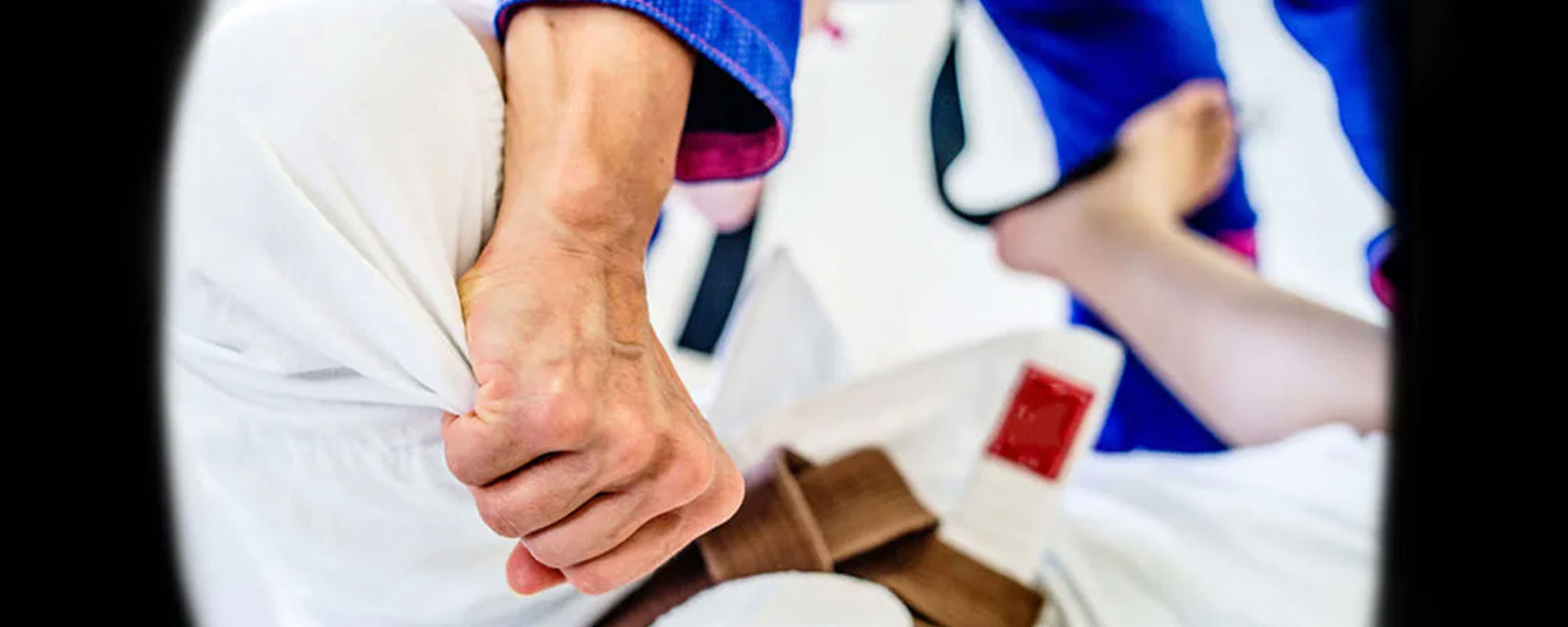Table of content
“Practice makes the man perfect” is a common saying, although it carries a great meaning of relevance. Boxing is not a gift of God that has been given only to some specific people like Muhammad Ali and Mike Tyson.
The range of boxing fundamentals is not vast though, practicing them millions of times makes you an unbeatable fighter. You can practice anywhere, everywhere you want, practicing the right technique is the key. So, if you want to become a boxer, but have a busy schedule to track gym time, you can simply start boxing workouts at home.
In this article, we came up with your guide where you can learn about the best boxing workouts beginners can do at home.
1. Best Boxing Workouts Beginners Can Do at Home?
Here are the following workouts that will assist you to become boxing while just doing the boxing training at home.
People also ask:
1.1. Is It Possible to Learn Boxing at Home?
Boxing can be learned anywhere because boxing is not just hitting an opponent and the rules do not limit it to the ring only. Professional boxers utilize most of their time in practice. Hitting a heavy bag, sparring with a partner, boxing workouts at the gym are not the only ways to learn boxing. It is possible to learn boxing at home while using the right boxing gear and boxing techniques. Further, you can get some basic boxing workout essentials like boxing gloves, a punching bag, and boxing shorts for the complete range of motion.
Below are the boxing workouts beginners can do at home.
1. Jump Rope
Jump rope is one of the essential workouts most people do not care for. You might have heard some great boxers of all time like Mike Tyson or May Weather, mentioning jump rope as an essential part of their boxing workouts.
However, jumping rope is great for boxing, since it helps with concentration, speed, and agility. Moreover, it increases your cardiovascular endurance which works with your active muscle movement and allows you to keep your body weight controlled.
Primarily, it is difficult to jump rope like a professional. Start with a 2-minute session for a warm-up and keep on increasing the time gradually. Jumping rope for 5-10 minutes is a great cardio exercise you can add to your boxing workout routine.
2. Shadowboxing
Shadowboxing is the basic component of the boxing recipe. Instead of punching or hitting the punching bag or sparring with your friend at the gym, you can play out different scenarios that can happen while fighting a real opponent.
If you do not have other boxing essentials you can simply perform shadow boxing drills at home. Shadow Boxing workout at home helps you practice from, stance, and punches.
Being a beginner, you can start with basic boxing punches like jab, cross, hook, and uppercut. Then combine these punches to make effective combinations. You can also work on your defence techniques with shadowboxing. It is an easy and reliable way to imagine a possible situation and react accordingly.
3. Heavy Bag Drills
Heavy bag drills are one of the best exercises to range your punching power. It helps to make your bones strong and toning your body especially, your arms, shoulders, and core. You can perform a couple of punching combinations and also you can practice kicking with a heavy bag to increase your lower body power and endurance.
Possess a heavy bag to make your boxing workouts at home successful. You can start with a simple drill by doing a couple of quick jabs, resetting, and throwing 2 more quick jabs. This will be the one round, repeat the same to complete a 3-minute round.
People also ask:
How Can I Practice Boxing Without a Heavy Bag?
- Use a punching bag substitute.
- Perform shadow boxing
What are the Benefits of Consistently Training with a Punching Bag?
- Reduce stress and anxiety.
- Enhance self-defense
- Enhance boxing techniques.
- It strengthens bones and improves upper-body strength.
- Enhance core stability, aerobic fitness, hand-eye coordination, power, stamina, and endurance.
5 Boxing Drills to Do with A Punching Bag
- Jab, cross (combination)
- Straight Right, Left Hook
- Jab, Right Hook
- Uppercut, opposing Hook (combination)
- Freestyle the combinations, but follow the same methodology
1.2. Core Work
Behind every knock-out punch, there is an ultimate power that becomes the reason for your opponent’s elimination. A boxer needs to have a strong core. Even though your boxing workouts also engage your core, to get an unshakeable gist you can do extra core work like flutter kicks, sit-ups, and elbow planks.
2. How Can a Beginner Start Boxing at Home?
There is always a first time for everything. Boxing is not a natural ability, you work hard and you become the king of the ring. If you are a beginner and want to learn boxing while staying at home, you need to get your grip on boxing basics first. Once you are familiar with the fundamentals of boxing you will master the real fight techniques quickly.
What are the Best Exercises for Boxing Workouts at Home?
- Jumping Rope
- Shadowboxing
- Sparring
- Mitts
- Double end-bag
- Kickboxing
3. Learn the Fundamentals of Boxing
3.1. Basic Boxing Stance
Your stance carries utter importance because if you are not maintaining the proper form, you will lose your balance eventually and your punches won’t be as effective. Learning proper boxing stance helps you with landing strong punches right on the target. Many people define different stances appropriately but always follow the tradition.
To maintain the basic boxing stance, imagine both your feet are on either side of an imaginary line and are parallel. Make sure your weight is evenly distributed on both of your feet to maintain perfect balance. Keep both your hands up to protect your face and your chin slightly tucked. Your dominant arm will stay back behind the non-dominant arm.
3.2. Punches
Punches are the fundamentals of boxing. Like other martial arts disciplines, boxing contains its own rules and techniques which need to be followed at any condition.
However, there are four basic punches and further, they have variations followed up.
1. Jab
Although jabs are not dominant in power but still hold first place in the list of punches. The jab is an essential punch in boxing though it is used to set up bigger punches to knock out your opponent.
Hold your fighting stance (hands up in front of your face, chin intact, and elbows in) commence the jab by slightly lifting the lead foot. This is to shift the weight, as the foot comes back down, extend the lead hand fist directly out in front of your face. Keep your knuckles turned inwards and your palm down facing the ground.
2. Cross
From your stance, throw your rear hand passing your chin, crossing the body, and traveling in the straight line towards the target. The shoulder should rotate 180 degrees while the arm passes the body. Make sure your knuckles are rotating inwards on the rear fist upon extension.
At the same time, retract your lead hand and tuck it against your face to protect the chin. To add more power, rotate your torso and hips as the cross is thrown.
3. Hook (Lead and Rear)
Hooks are one of the powerful and very effective punches in boxing. The hook is enough to take down your opponent if done with the proper technique. There are two variations of hook which are the following.
Lead Hook
From your boxing stance, the lead hook should begin by transferring your weight from the lead foot to your rear side. As the weight transfers, the shoulder should rotate towards the rear side while lifting the elbow to a 90-degree angle aiming towards the target. Pivot the lead foot and rotate at the end of the punch to add more power.
Rear Hook
From your boxing stance, the rear hook should begin by shifting the weight from the ball of the rear foot. As this occurs, transfer the weight to the lead side while the hook elbow is lifted to a 90-degree angle aiming towards the target. At the end of the punch, pivot the rear foot and rotate the hook for maximum power.
4. Uppercut (Lead and Rear)
Although, uppercut counts as boxing fundamental, it turns into the deadliest hit if mastered and thrown properly. There are two variations of the uppercut, lead, and rear.
Lead Uppercut
Start with your boxing stance, shift your weight to your lead leg, slightly. Quickly push your arm in a rapid motion so that the back of your hand is facing your opponent and your knuckles are facing upwards. Rotate your hips in and hinge on your lead foot. Make sure to keep your rear hand up to protect your chin.
Rear Uppercut
From your boxing stance, pivot your rear side hip forward while pushing your arm out and up ending with your palm facing towards you. Keep your lead hand up to protect your chin.
People also ask:
What Exercises Can I Do to Increase my Punching Power?
- Plyometric Push-ups
- Medicine Ball Throw
- Shadowboxing
- Heavy Bag Workouts
- Squats with Medicine Ball
- Tub o’ Rice
- Chin-ups
- Rotate Your Torso
- Combine Squats and Lunges
3.3. Combinations
Boxing is not as simple as it seems, some complexities keep the boxers always engaged with boxing workouts. Well, being a boxer, this would be your next step; to add up everything that you have learned so far.
We hope that while reading from the top down here, you have learned something and found this article helpful. Well, let’s get everything mix-up here.
You have learned boxing fundamentals which are technically four boxing punches, Jab, Cross, Hook, and Uppercut.
Reaching the point where you become capable of knocking out your opponent with only one smash. But, to reach that level you have to work hard, stay determined, and keep on practicing.
Anyhow, combinations are intuitive after getting your grip on them. Though it is hard to play combinations by remembering them with their names. For that reason, there have been numbers introduced that give the sequence to your punches.
- 1-Jab
- 2-Cross
- 3-Hook
- 4-Uppercut
The best thing about combinations is that you can create your punch combinations. Instead of following the existing combinations you can practice your combinations and imply them in your fights. Punches combinations are like this:
- 1-1 (Jab-Jab)
- 1-2-1 (Jab-Cross-Jab)
- 1-1-2-1 (Jab-Jab-Cross-Jab)
- 1-2-3-1 (Jab-Cross-Hook-Jab)
Combinations are the real game and take your boxing skills to the next level. Keep practicing until you get a complete hold on combinations.
Moreover, you can add lower body boxing workouts as well. Kickboxing is a great way to build strong legs to help you defend yourself in the ring.
4. Takeaway:
Among other martial arts disciplines, boxing has become popular within no time. Although boxing has a brutal history now the time has changed. The sweet science is the name given to this sport by its practitioners. Follow up the best boxing workouts for beginners at home to keep your skill level up.
Either you are doing boxing workouts at home or the gym, it doesn’t affect your training. Keep connected to this sport no matter wherever you are. If you do not have any boxing equipment available at home, you can do shadow boxing. However, here is your comprehensive guide regarding; What is Shadow Boxing and How to Learn it at Home.



Leave a comment
This site is protected by hCaptcha and the hCaptcha Privacy Policy and Terms of Service apply.